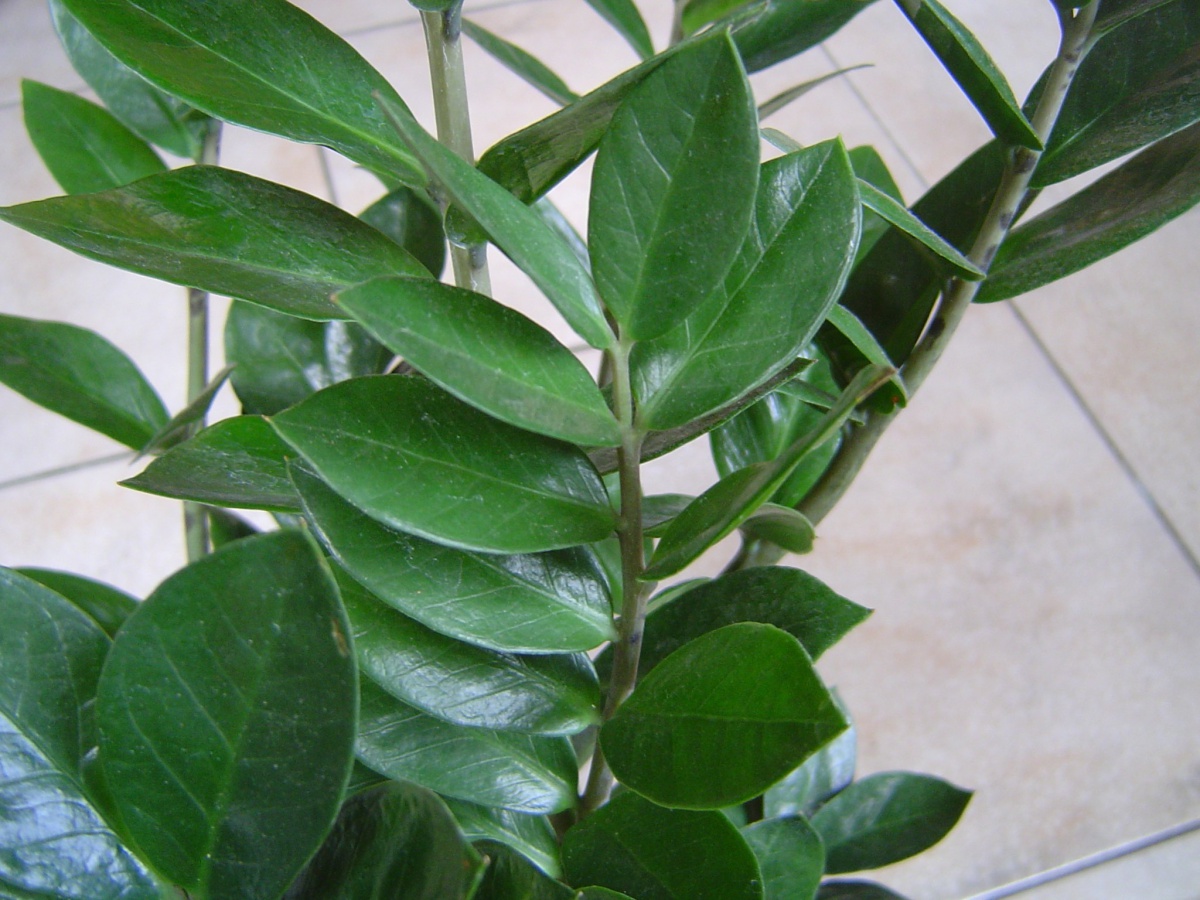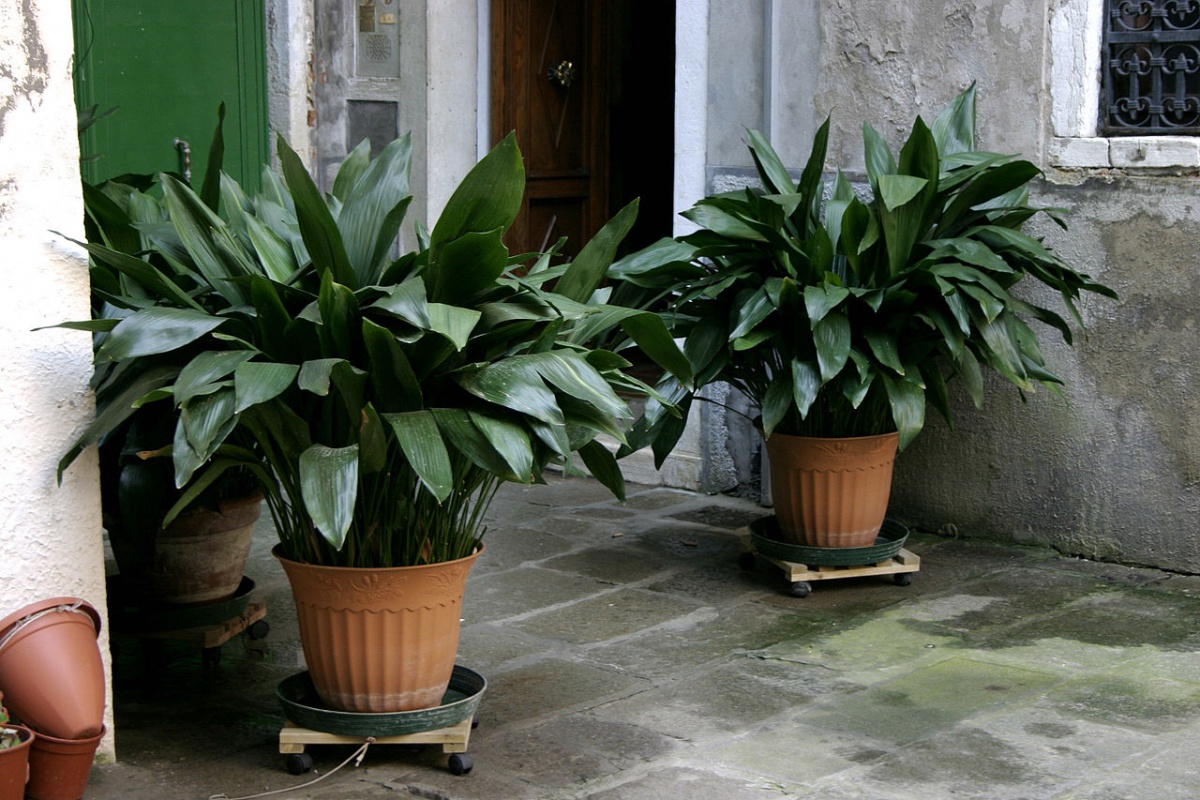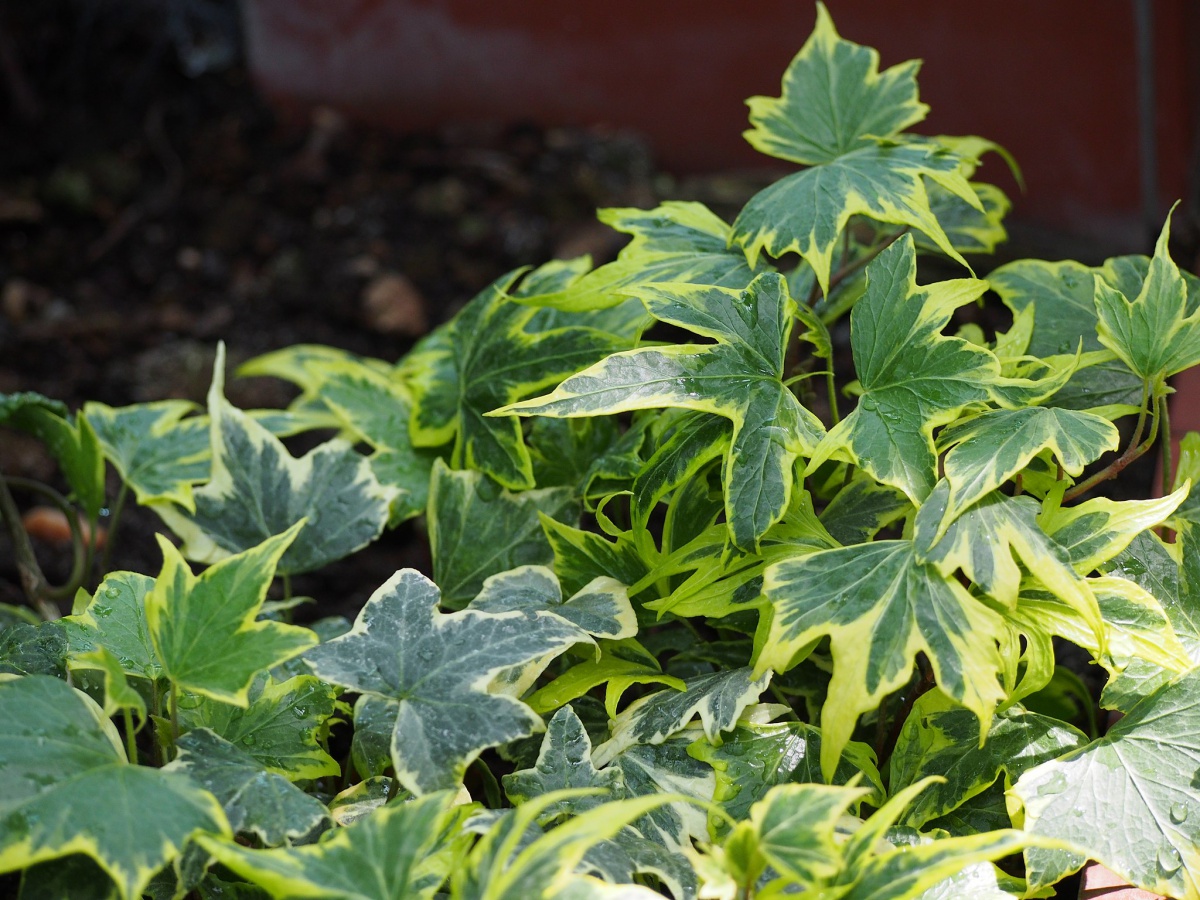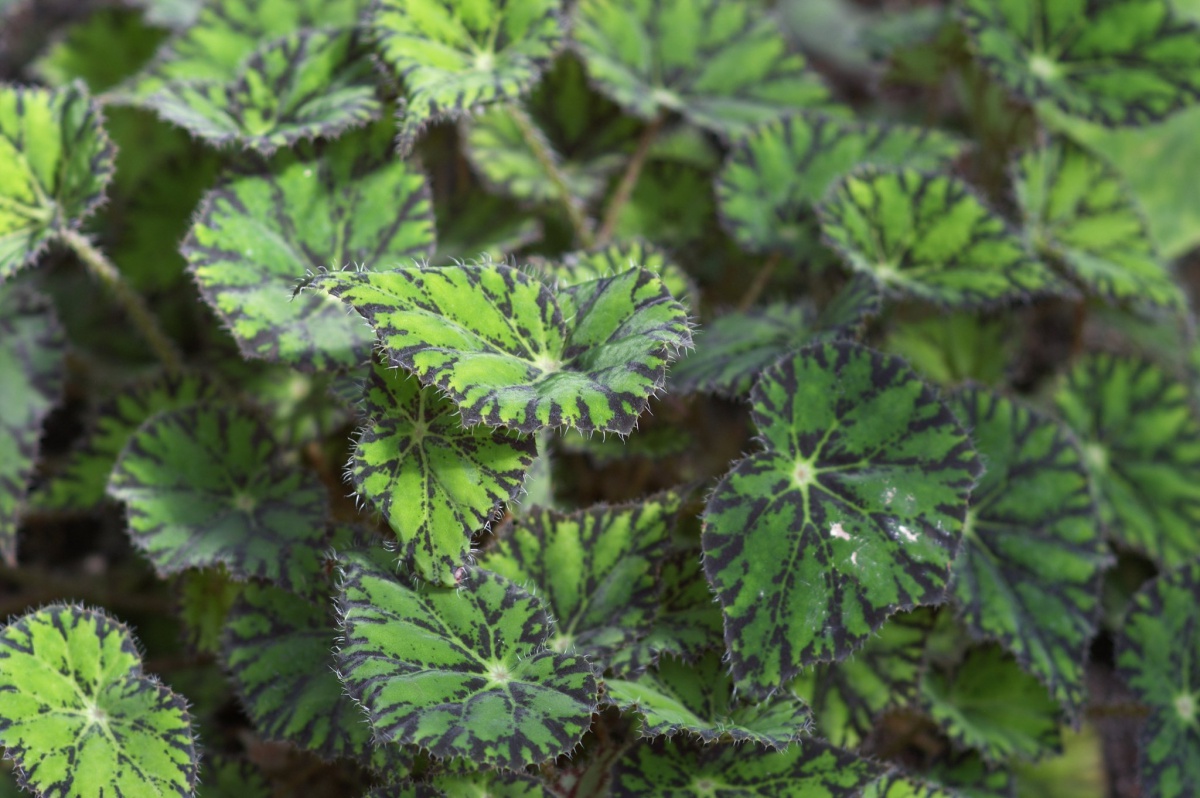Which foliage houseplants are easiest to grow?

If you pay attention to trends, you have probably noticed that foliage houseplants have enjoyed a resurgence in popularity. Foliage houseplants are highlighted in home decorating catalogues, cover the shelves of boutiques and coffee shops and have a large devoted section in garden centers. Tropical plants with large, varied and often colorful leaves have pushed succulents out of the limelight (though succulents are truly fascinating, very few homes have big south-facing windows that are required for many of these plants to thrive).
Whether you’re interested in plants, just enjoy their aesthetics or want to take advantage of their ability to purify the air, a wide variety of foliage plants can be grown any place with a little light.
The Right Light For Houseplants
Having success with foliage houseplants has everything to do with selecting the right plants based on the growing conditions in your home. While some plants require direct sunlight to thrive, others will do perfectly well in shade.
Before purchasing any plants, pay attention to the placement and exposure of your windows. Foliage plants fairly expensive (usually from ten to 40 dollars), and should be treated as an investment. Light is often the determining factor as to whether a houseplant will thrive. If the plants will be growing near a bright south-facing window, you have many options. Low-light rooms that only receive indirect light are more limiting. East or west-facing windows are suitable for many foliage houseplants, while north-facing windows only work for plants that can tolerate heavy shade. Plants that don’t receive enough light will have long, leggy stems or leaves that are unusually dark green.
If you're new to growing houseplants, it’s a good idea to start with something that is relatively easy to care for. Many of the toughest foliage houseplants will tolerate a fair amount of abuse and neglect, including periodic drought, so no worries if you often forget to water. If you have pets, remember to check the ASPCA Toxic and Non-Toxic Plants List before bringing a new foliage plant home.
Snake Plant (Sansevieria trifaciata)
.jpg)
If you’ve had a hard time keeping houseplants alive, a snake plant is for you. It can grow in just about any place in the house—from bright sunny windows to the interior of a room. It can also tolerate serious watering transgressions, surviving very long periods of drought without any harm. The snake plant’s linear upright leaves grow in tidy clumps that add an interesting design element to any room.
Growing Conditions: Bright to low light; 50-70 degrees F; allow soil to dry out before watering; can survive drought
Size: Up to 36 inches tall
Pothos (Epipremnum aureum)

Pothos is well known for its heart-shaped leaves on long trailing stems. The most common varieties have glossy green leaves with yellow markings, but it is also possible to find plants with more unusual white variegation. Pothos grows quickly and may become unkempt without periodic pruning and grooming. Fortunately, these trimmings don’t have to be wasted, as it is very easy to start new plants from stem cuttings rooted in water.
Growing Conditions: Medium light (east or west facing window; north can be tolerated); 60-70 degrees F; best to keep soil moderately moist
Size: Drapes down
Chinese Evergreen (Aglaonema)

Chinese evergreen is a popular houseplant due to its attractive variegated foliage that emerges from the base. As long as these plants are kept out of direct sunlight, away from drafts or heat sources, and the soil is allowed to dry out before watering, it can be quite problem-free.
Growing Conditions: Medium light; 60-75 degrees F; allow soil to dry slightly before watering
Size: Up to 18 inches tall and wide
ZZ Plant (Zamioculcas zamiifolia)

ZZ plant is an interesting foliage plant with succulent stems and shiny green leaves. Though slow growing, it is reliable and will seldom require repotting or any special care. The foliage can be kept lustrous by occasionally rinsing it off in the shower.
Growing Conditions: Medium light; 60 to 75 degrees F; keep soil slightly moist but not soggy
Size: To 24 inches tall
Cast Iron Plant (Aspidistra elatior)

Cast Iron Plant may not be the flashiest foliage houseplant, but it is extremely rugged and prefers to grow out of direct light. Though slow growing, it can survive regular neglect and abuse. The foliage itself is tall, straight and dark green with streaks and spotting, depending on variety.
Growing Conditions: Low light; 50-70 degrees F; keep soil slightly moist but not soggy
Size: Up to 18 inches tall
Philodendron (Philodendron ‘Prince of Orange’)

Many types of Philodendron can be successfully grown indoors with little care. The foliage can be heart-shaped, deeply divided or paddle-like, in various shades of green, orange and red. Philodendrons tend to be fast growing and may need some grooming to keep them looking good.
Growing Conditions: Medium light; 50-70 degrees F; keep soil moderately moist; will tolerate occasional drought
Size: Up to 24 inches tall and wide
Ivy (Hedera helix)

English ivy is a trailing plant that can be trained to grow on trellises or other supports. The leaves have various shapes, although three lobes is the standard. Foliage coloration is highly variable, ranging from dark green to variegated with white and yellow.
Growing Conditions: Medium to low light; 50-70 degrees F; prefers moist soil; only water when dry; prone to dropping leaves if the soil dries out completely
Size: Drapes down
Parlor Palm (Chamaedorea elegans)

Parlor palm has been a popular houseplant since Victorian times. It is a small, compact palm with dense foliage that is well adapted to indoor growing conditions and can tolerate low light. Keep the soil moist to avoid brown leaf tips. Prefers moderate humidity, so do not place near heating vents.
Growing Conditions: Medium to low light; 65-80 degrees F; keep soil moderately moist; only water once the soil has begun to dry
Size: To 5 feet tall
Rhizomatous Begonia (Begonia)

Rhizomatous type begonias are by far the easiest to grow under standard indoor conditions. While many begonias require high humidity to thrive, rhizomatous begonias are much less fussy and can live in almost any room of the house. While plants do produce small pink or white flowers, the foliage is the real reason to grow rhizomatous begonias. It is extremely diverse, with all combinations of lobes and colors.
Growing Conditions: Medium light; 55 to 75 degrees F; keep soil slightly moist; only water when dry; prefers moderate humidity
Size: Up to 24 inches tall and wide
Remember, even the most indestructible foliage houseplants still require some standard considerations and care. No matter which houseplants you choose, they should be grown in containers with good drainage filled with a soilless potting mix. Water only when the soil is dry and do not allow them to sit in standing water. If you use saucers to collect drips below pots, make sure to empty them promptly. Nothing will kill a houseplant faster than overwatering. In addition, most houseplants do not put on much growth in the winter months, so you can wait to begin fertilizing until the spring.
Got questions? The Ask UNH Extension Infoline offers practical help finding answers for your home, yard, and garden questions. Call toll free at 1-877-398-4769, Monday to Friday, 9 a.m. to 2 p.m., or e-mail us at answers@unh.edu.
Related Resource(s)
Do you love learning about stuff like this?
SUBSCRIBE TO Granite State Gardening newsletter
Got questions? The UNH Extension Yard and Garden Infoline offers practical help finding answers for your yard and garden questions.
Call toll free at 1-877-398-4769, Monday to Friday, 9 a.m. to 2 p.m., or fill out webform.
